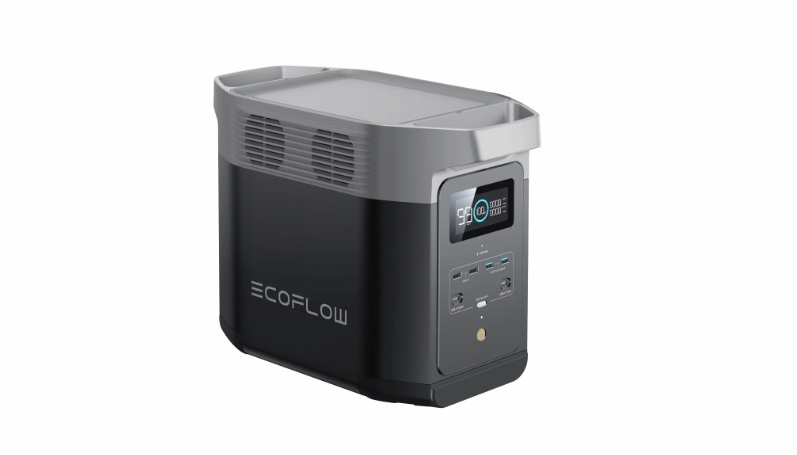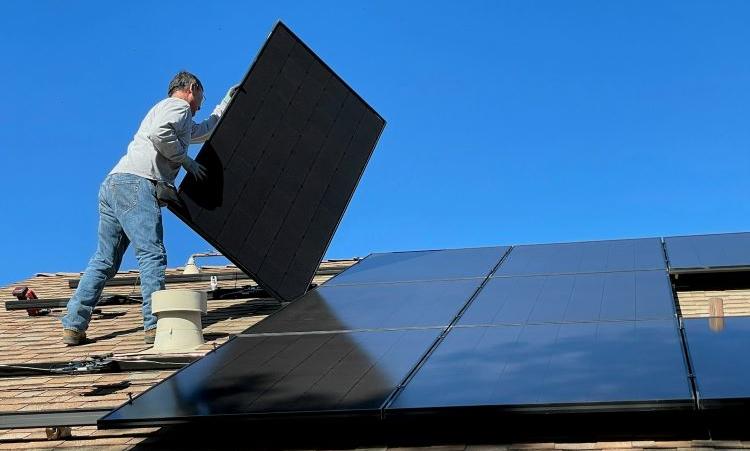Claiming the Solar Power Rebate Tasmania: What to Know
Rising power bills and the growing need for cleaner energy have made solar systems an increasingly popular choice across Tasmania. The solar power rebate Tasmania helps reduce the upfront cost of installation, making it easier for households and businesses to invest in renewable energy.
This blog explains what solar rebates in Tasmania are, how much you can save, the eligibility criteria, and the steps to apply. If you are planning to install solar panels, understanding these rebates is essential. Read on to unlock your savings potential.
What Are Solar Rebates in Tasmania?
The solar power rebates in Tasmania include a combination of national incentives and local programs that make switching to solar more affordable. While there is currently no standalone solar power Tasmania government rebate, residents can access the federal Small-Scale Technology Certificates (STCs) program. This scheme allows eligible households to receive an upfront discount on the cost of approved solar panel systems.
STCs are calculated based on your system’s size, the installation date, and how much renewable energy it is expected to generate. These certificates are usually claimed by your installer and applied as a discount to reduce your total system cost.
In addition to STCs, Tasmanian homeowners may benefit from occasional state-supported initiatives or sustainability programs through local councils. These can include education, free energy assessments, and incentives tied to battery storage or efficient home upgrades. While not labelled as rebates, they contribute to the overall affordability of solar systems.
How Much Can You Save with Solar Power Rebate Tasmania?
The savings from the solar power rebate in Tasmania depend on a few factors, including the size of your system, your energy usage, and the rebate program applied. Most homeowners benefit from federal STCs, which can lower installation costs by thousands of dollars upfront.
For example, a typical 6.6 kW solar panel system in Tasmania could generate around 46 STCs, which may offset approximately $1,835 from the upfront installation cost. Here’s a breakdown of the rebates available for various solar system sizes in Tasmania.
Solar System Size | Number of STCs (TAS) | Rebate Amount in TAS |
3kW | 21 | $838 |
4kW | 28 | $1,117 |
5kW | 35 | $1,397 |
6kW | 42 | $1,676 |
6.6kW | 46 | $1,835 |
7kW | 49 | $1,955 |
8kW | 56 | $2,234 |
9kW | 63 | $2,514 |
10kW | 71 | $2,833 |
12kW | 85 | $3,392 |
15kW | 106 | $4,229 |
20kW | 142 | $5,666 |
30kW | 213 | $8,499 |
Note: If you're looking to maximize those savings even further, adding battery storage can make a big difference. Not only does it let you use stored solar energy at night or during outages, but it also reduces your reliance on the grid. A compact option like the EcoFlow DELTA 2 Portable Power Station offers a smart way to store extra solar power, giving you more control over when and how you use the energy you generate, especially during peak rate periods or unexpected blackouts.


Eligibility Criteria of Solar Rebate Tasmania
To qualify for the solar power rebate in Tasmania, you must meet certain eligibility requirements set by the federal and local programs. Most households in Tasmania are eligible for federal STCs as long as they meet the following conditions:
You are the owner of the property where the solar panel system will be installed
The system is installed by a Clean Energy Council (CEC) accredited installer
The solar system components are approved and listed by the CEC
The system is under 100 kW in size and connected to the grid
You have not previously claimed a rebate for the same property and system
Some local council programs or future initiatives may include income eligibility thresholds or special support for low-income households and retirees. These programs can occasionally include rebates for additional equipment like home backup generator setups or solar battery storage.


How to Apply Solar Rebate in Tasmania?
Applying for the solar power rebate in Tasmania is a relatively simple process, especially when working with an accredited installer. While most solar providers handle the rebate paperwork on your behalf, it's still useful to understand how the process works from start to finish.
Step 1: Choose an Accredited Installer
The first step is to select a Clean Energy Council (CEC) -accredited installer. This is a requirement if you want to be eligible for the federal Small-scale Technology Certificates (STCs). Accredited installers follow industry standards and use approved equipment, ensuring that your solar panel system qualifies for the rebate.
Step 2: Decide Who Will Claim the STCs
Once you’ve chosen your installer, you’ll need to decide how the STCs will be claimed. In most cases, your installer will take care of this, applying the value of the certificates as an upfront discount on your system cost. However, if you choose to handle the process yourself, you’ll need to register on the REC Registry and manage the application and sale of the certificates. This path requires more paperwork and time but gives you control over the certificate value.
Step 3: Gather Necessary Documentation
To claim the rebate, whether through your installer or on your own, you will need a few key documents. These include proof of property ownership, installation receipts, equipment specifications, and a signed agreement with your installer. Having these ready can help avoid delays in processing your rebate or STC application.
Step 4: Submit the Application
If your installer is managing the application, they will submit everything on your behalf and apply the rebate directly to your system quote. If you're applying on your own, you must register as a “registered person” on the REC Registry, complete the application within 12 months of installation, and pay a small processing fee. Once approved, you can sell your STCs to claim your rebate amount.
Bonus Tips: Explore Additional Incentives
Beyond STCs, it’s worth looking into Tasmania’s Energy Saver Loan Scheme, which provides interest-free loans of up to $10,000 for eligible energy upgrades.
This can include solar installations, battery systems, or home battery backup solutions. Exploring this option could further reduce upfront costs and help create a more resilient energy system for your household.
Conclusion
Taking advantage of the solar power rebate Tasmania is one of the smartest ways to lower your solar installation costs while investing in a cleaner, more independent energy future. With options like STCs and local incentives, Tasmanian households can enjoy significant savings right from the start. Whether you're adding panels, storage, or both, understanding how the rebate works helps you plan better and save more. Ready to make the switch? Now’s the time to power your home with the sun.
FAQs
Is there a rebate for solar panels in Tasmania?
While there is no standalone solar power Tasmania government rebate, residents can still claim the federal Small-Scale Technology Certificates (STCs). These provide a valuable upfront discount when installing a compliant solar panel system. Additional local support may also be available through council-run programs or low-interest energy loan schemes.
How much is a 6.6 kW solar system in Tasmania?
A 6.6 kW solar system in Tasmania generally costs around $7,050 after applying federal incentives under the Renewable Energy Target. However, the final price can differ depending on the panel and inverter brands you choose, plus any added costs from the installer’s service quality or system features.
How much is the Australian government solar rebate?
The value of the rebate depends on the number of Small-Scale Technology Certificates your system is eligible for. This varies by system size, location, and installation date. In Tasmania, STCs typically cover a significant portion of solar system costs, especially for standard residential installations.
What is the $3700 homeowner rebate?
The $3,700 homeowner rebate refers to the Small-scale Technology Certificate (STC) rebate, a government incentive in Australia designed to reduce the upfront cost of installing small-scale renewable energy systems like solar panels. The amount varies based on system size, location, and current certificate value at the time of installation.
*Disclaimer: Before reading this guidance, please remember that tax matters can be highly individualized and complex. EcoFlow does not provide any assurances or guarantees concerning potential tax credits associated with our products. Any information in this guidance is solely for educational purposes and shall not be construed as legal advice. We recommend you rely on the expertise of tax professionals for accurate and personalized tax advice.